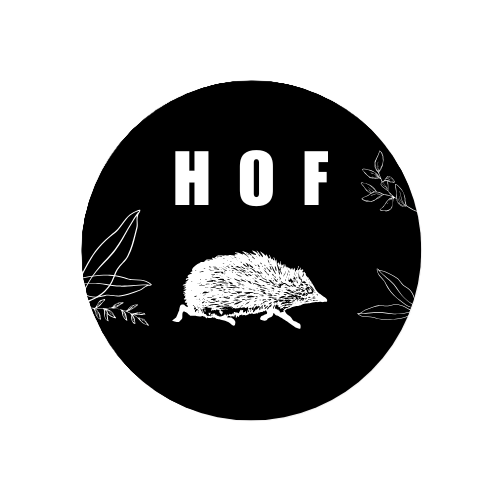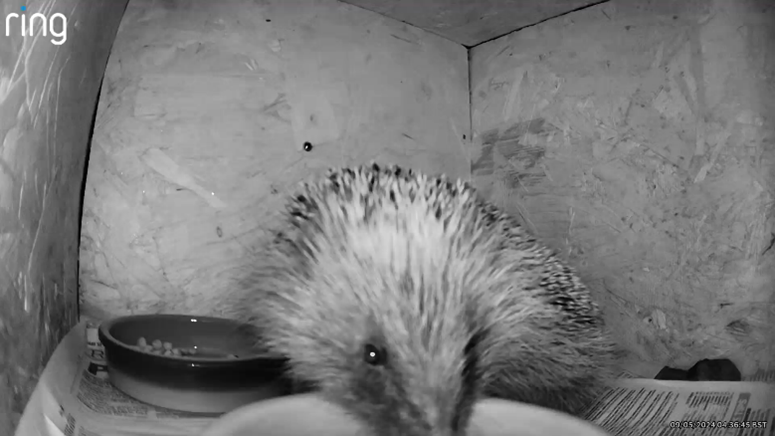
About us
Download the participant information sheet
Hogs On Film is a grass-roots organisation founded by Lea Grayston-Smith, a PhD student at Reading university. HOF began as a means of collecting data from gardens up and down the country, from people who love and cherish these illusive and fascinating creatures.

We noticed that there is a lack of published information on what really happens at garden feeding stations, despite the fact there appears to be a growing community of animal lovers who are helping to feed and sustain their local hedgehog population. Hogs on film aims to bridge this gap by collecting information from those who know their hedgehogs best, YOU!
By joining the project, you are becoming a citizen scientist!
A citizen scientist is someone who collects data which can then be used by the research community. This information can then be used to answer important questions and find out what is really happening in our gardens after dark.
If you already have a garden feeding station where you film and feed your hedgehogs, we would love you to be a part of our project!
If you don’t already film and feed, then head to our filming tab to browse the selection of cameras and camera bundles we have available to order. All our cameras are supplied by Wild View Cameras, a leading supplier with 14 years of trading experience.
Taking part is easy:
- Film and feed your spiny friends as you normally do,
- Play back the footage you collect and record what you observe using our online survey.
- Upload your footage and the events that take place
This data will then help answer questions such as how many hedgehogs there are? …How often do they return to the feeding station? …What are their interactions with fellow hedgehogs and other wildlife like? …How much food is being provided? …And do they share the food with each other? …or are they called HOGS for a reason?
Take a look at our findings so far in our 2023-2024 HOF Report HERE.
HOF allows ordinary people to actively participate in an ongoing non-profit science-based research project from their very own back gardens, helping us to collect data and understand the behaviour of our beloved garden friends.
So, if you feel you would like to take part, become a HOF citizen scientist!
